Life gets busy sometimes. Thanks to a microchip cat feeder, you can forget about hovering and add some techie structure to mealtime chaos.
This clever device recognizes your cat's microchip or RFID collar tag and opens up like a secret clubhouse just for them. You can finally relax knowing each of your feline friend sticks to their own dish. Now, isn't that smart?
Here's a look at the top choices before we jump into the details:
6 Best Microchip Feeders for Every Feline Need
Best Overall – SureFeed Microchip Pet Feeder Connect
Best Budget Option – PortionPro RX Automatic Pet Feeder
Best for Wet Food – ISENVO Wet and Dry Food Pet Feeder
Best for Multiple Cats – BROAIMX Automatic Cat Feeder With RFID Collar Sensor
Best Smart Collar Feeder With App Controls – PETLIBRO Collar-Controlled Cat Feeder
Best Feeder and Fountain Combo – PETLIBRO Automatic Feeder and Fountain Combo
What Is a Microchip Cat Feeder?

A microchip feeder is an automatic feeding device that activates only when it detects a specific cat's microchip or RFID collar tag. Here's how it works: The feeder scans for a chip or tag. If it matches, the lid opens. If there's no match, it stays shut.
These machines work well in houses with multiple pets, especially if some eat special food or need controlled portions. They protect each feline's dish, preventing stealing and overeating. Most models store several IDs, so you can use them with more than one animal. They also help keep food fresher longer by sealing the bowl between meals.
Why Choose a Microchip Pet Feeder?

A microchip feeder takes the guesswork out of mealtime and helps prevent common feeding problems. Here are a few reasons it's worth having one:
-
Prevents Food Stealing in Multi-Pet Homes. These machines stop one cat from swiping another's food.
-
Perfect for Special Diets or Portion-Controlled Meals. If your kitty needs special food or fewer calories, these feeders help manage that.
-
Ideal for Cats on Medication or Timed Feeding Schedules. Some felines need food at certain times or with pills, and a microchip feeder helps them stay on track.
What To Look for in the Best Microchip Feeders for Cats
Before you buy a microchip feeder, check for the things that matter most to your pet and your home. Watch for the following features:
-
Microchip & RFID Compatibility. Make sure the device works with your pet's microchip brand or includes an RFID tag.
-
Number of Pets Supported. Some models store just one ID, while others can handle multiple animals.
-
Airtight Seals & Food Freshness Features. These help keep dry or wet food fresher.
-
Power Source & Backup Battery Options. Choose a model that plugs in but also runs on batteries, so you can still use it if your house ever loses power.
-
Ease of Cleaning & Maintenance. Feeding bowls should pop out easily and be dishwasher-safe.
6 Best Microchip Cat Feeders for Every Feline Need
Picking the most suitable microchip feeder for your kitty depends on more than just looks and price. You have to take into account your pet's unique needs and personality, as well as what can work inside your home. Luckily, you have options. In the next few sections, we'll review top Amazon picks to match every type of feline and residence out there. Keep reading to learn about our recommendations.
Best Overall – SureFeed Microchip Pet Feeder Connect

The SureFeed Microchip Pet Feeder Connect tracks your kitty's eating habits with impressive detail. It pairs with the Sure Petcare app (via a hub, sold separately) to help you manage portions down to the gram. LED lights guide you as you fill the bowl to avoid overfeeding.
This device works with your pet's microchip or RFID tag. The cover seals tightly with a neoprene lip to help keep food fresh and stop other cats from sneaking bites. It holds up to 13.5 fl. oz. and conveniently helps flag changes in your pet's eating routine, so you can catch issues early.
Best Budget Option – PortionPro RX Automatic Pet Feeder

The PortionPro RX keeps things simple, smart, and cheap (in a good way). It uses a patented RFID tag (not a microchip) to activate the machine only for the intended pet. This tag reads from a distance, which means faster access control and fewer mix-ups at mealtime.
It holds up to 32 cups of dry food and lets you schedule up to 6 meals a day. The built-in portion control helps manage weight and cut down on waste. Even better, the tag now comes with a replaceable battery and a zip-tie collar mount for better security. Now, that's value for money.
Best for Wet Food – ISENVO Wet and Dry Food Pet Feeder

The ISENVO Pet Feeder works especially well for wet food. It activates only when it detects your cat's RFID tag, so their meals stay fresh and off-limits to other pets. A couple of tags come included, and it's quick to install. Find a spot, plug it in, and you're ready to go.
This model offers three sensing modes: RFID only, infrared only, or both. That flexibility helps with training and fine-tuning how the machine responds. The color-coded lights show status clearly, so you'll know if it's in standby, mealtime, or on pause. Note: It works with standard 15-digit microchips but not 9-digit or Avid chips.
Best for Multiple Cats – BROAIMX Automatic Cat Feeder With RFID Collar Sensor

The BROAIMX RFID Cat Feeder uses a collar sensor (not a microchip) to allow only the right pet to access the food. You can pair it with up to three RFID tags, which is perfect if you're juggling different feeding plans.
This machine supports up to nine meals a day with four feeding modes, giving you more control over portions and timing. The 24-ounce bowl sits at a comfy height and stays stable with its anti-tip design. You'll love the voice recording feature, which allows you to call your kitty to chow even when you're not in the room.
Best Smart Collar Feeder With App Controls – PETLIBRO Collar-Controlled Cat Feeder

The PETLIBRO RFID Feeder gives each feline their own private dining spot. It works only with the included light collar tag (not microchip compatible), so only one pet can open the cover. This is perfect for homes with food aggression, picky eaters, or special diets.
You can set feeding times and amounts through the PETLIBRO app, which also tracks eating habits using their Pawsense system. You can also hit the manual feed button anytime. The lid opens and closes at adjustable speeds to help nervous kitties adapt. Plus, five-layer freshness protection keeps kibble crisp between meals.
Best Feeder and Fountain Combo – PETLIBRO Automatic Feeder and Fountain Combo

The PETLIBRO company's winning combo brings meals and hydration together in one sleek, pet-friendly system. The feeder uses a special RFID collar tag (not microchip-compatible) to give one cat exclusive access. This is ideal for unique diets or kitties who don’t like to share. Through the app, you can schedule meals, track habits, and keep portions consistent.
The water fountain runs quietly and keeps water clean using a four-stage filtration system. It filters out hair, odors, and heavy metals while adding oxygen to every sip. Made with BPA-free stainless steel, it's safe, durable, and dishwasher-safe. It holds water during outages, keeping your feline friend hydrated and happy even when power's out.
Microchip Feeder vs Traditional Automatic Cat Feeders
Traditional automatic cat feeders stick to a timer. They activate at set hours, no matter which pet is nearby. They work best for single-feline homes with no unique feeding needs.
A microchip feeder, on the other hand, only activates for the pet or pets it's programmed to recognize. Microchip models are best for multi-pet homes, especially for companion animals with specific dietary requirements. They control access and keep food fresher at the same time.
Related Post: 6 Best Automatic Litter Boxes: Types, Benefits & Reviews
Which Is Better for Multi-Pet Households?
Microchip feeders are the clear winner for homes with multiple pets. They help stop food stealing by letting only the intended animal activate the device. Traditional models just open on a timer, which means any pet nearby can eat, which can then lead to diet mix-ups.
With a microchip model, you don't have to separate your pets at mealtime or guess who ate what because each kitty sticks to their own bowl. That's especially helpful if one needs dry food and the other eats wet.
Pros and Cons of Smart Tech for Pet Feeding
Smart feeders with microchip and/or RFID access offer a lot of perks, especially for busy humans. You can track meals, set schedules, and get app alerts if your feline friend skips a feeding. It's a helpful way to keep your cat on track without being home all day.
But there are trade-offs. Some models need Wi-Fi or special hubs to unlock full features. Others don't work with all microchips and may require a collar tag instead. Setup can take time, and tech glitches do happen. Still, for multi-pet homes or felines with special diets, the benefits usually outweigh the quirks.
How To Set Up a Microchip Pet Feeder

Start by plugging in the machine and turning it on. Most models will guide you through pairing your pet's microchip or RFID collar tag. Just follow the steps on the screen or app, and you're good to go.
Next, test it out. Let your cat walk up to the device and make sure it works correctly. If it doesn't, double-check the chip number or tag placement.
Once it works, fill the bowl with dry or wet food and close the lid. That's it! Your kitty now has their own private dish.
Syncing With Your Cat's Microchip
To sync your feeder, start by pressing the program or sync button. Most models have one near the top or the base. When the device enters pairing mode, have your cat stand nearby. The device will scan and store the microchip or RFID info automatically.
If your kitty isn't microchipped, use the tag that comes with the feeder. Attach it securely to their collar, so it's easy for the reader to detect. Once the device saves the chip or tag, test it a few times. If it activates only for your pet, you're all set.
Customizing Feed Portions and Schedules
Most microchip feeders let you set how much food goes in the bowl and when it gets served. You can do this through buttons on the machine or in the app if it's Wi-Fi enabled. Simply pick the portion size and number of meals per day that work best for your pet's routine.
This setup is great for cats who eat too fast, eat too much, or need timed meals for health reasons. You can set multiple small meals or stick with two main feedings. Some models even guide you with lights or alerts to help you measure the right amount.
FAQ – People Also Ask
Microchip feeders sound high-tech, but they're made to be easy. Still, it's normal to have a few questions, especially if you've never used one before. In the next sections, we'll go over the most common questions pet parents have about using these smart feeding devices at home. Let's begin.
Do Microchip Feeders Work With All Cat Microchips?
Not always. Most microchip feeders support 15-digit ISO standard microchips like ISO11784 and ISO11785. These are common in many countries and work with most vet-implanted chips. But some models don't support 9-digit microchips or Avid chips, so it's important to check compatibility before you buy.
If your feeder doesn't support your cat's chip, many brands include or sell an RFID collar tag. These tags work the same way. The feeder will read the tag instead of the microchip. It's an easy workaround if your pet's chip isn't a match.
How Do I Train My Cat To Use a Microchip Feeder?
Start by placing your cat's new feeder in the same spot as their old bowl. Leave the lid open for the first few days, so they get used to the look and sound. Once they've sniffed around and eaten from it, turn on the chip detection feature, so the lid activates only for them.
If your kitty seems unsure, use treats or wet food to encourage them. Keep the experience calm and positive. Never force it. Some feeders have lid training modes with slower motion to ease the process.
If your feline friend feels nervous around new things, HolistaPet offers a line of CBD products for cats that may help reduce fear and support smoother transitions. Check out our calming CBD chews, treats, oils, and capsules on our website.
What if My Cat Doesn't Have a Microchip?
Most microchip feeders come with an RFID tag that works the same way. Just attach the tag to your cat's collar, and the device will recognize them when they walk up. It's fast, easy, and doesn't require a vet visit.
Make sure the tag stays in place and doesn't hang too low. Some feeders include a zip-tie mount to keep the tag secure and away from water bowls. Once the tag gets paired, the feeder will only open for your cat, just like it would with a microchip.
Are Microchip Feeders Safe for Kittens and Senior Cats?
Yes, microchip feeders are safe for both kittens and senior cats. The lid opens gently and doesn't slam shut, so there's no risk of pinching or scaring your pet. Most models also sit low enough for small or older felines to reach without straining.
For kittens, make sure the feeder's bowl isn't too deep and that the chip or tag is easy to read. For senior cats, look for feeders with wide, shallow bowls and simple lid movements. Many options also include adjustable settings to make things easier as your pet's needs change over time.
Final Thoughts – Is a Microchip Feeder Right for Your Cat?
If you live with more than one pet or your cat follows a special diet, a microchip feeder can make life a breeze. It gives each kitty their own private bowl, keeps food fresher, and helps manage portions without the hassle. These devices are smart, simple, and built with your feline companion's routine in mind.
And for cats who need a little help adjusting to something new, HolistaPet has calming CBD options made just for them. Remember, feeding time should feel easy for both of you.
Click here to explore more of the best pet accessories!



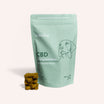


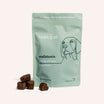
![Probiotics For Dogs [Soft Chews] - HolistaPet](http://www.holistapet.com/cdn/shop/files/Probiotic-Infographic-1_472d7a29-e30c-435a-9638-1365d8c3a9f9.jpg?v=1725384841&width=104)
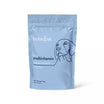



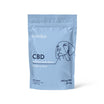
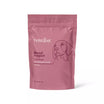
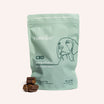
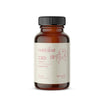
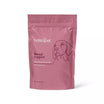
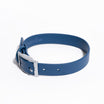
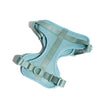
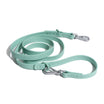
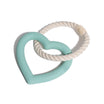
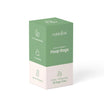
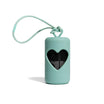
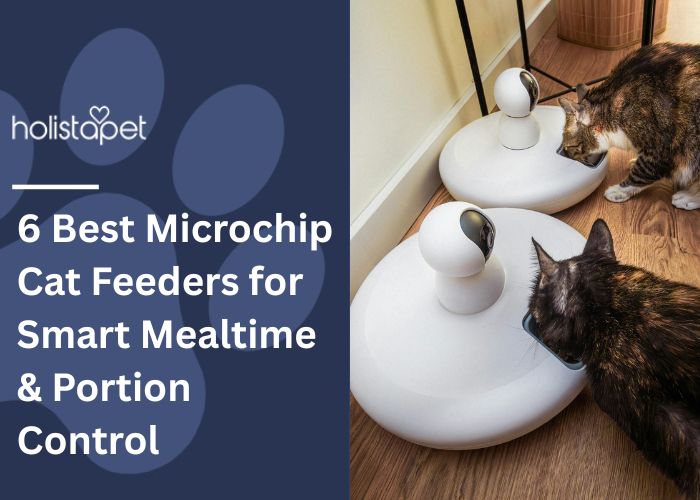
 CBD Oil for Cats - Fast Acting
CBD Oil for Cats - Fast Acting
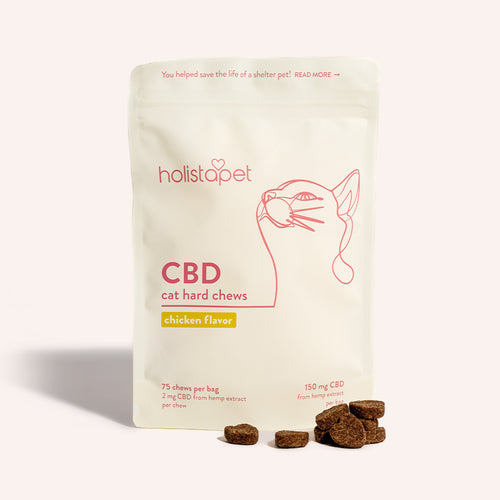 CBD Cat Treats - Easy Dose
CBD Cat Treats - Easy Dose
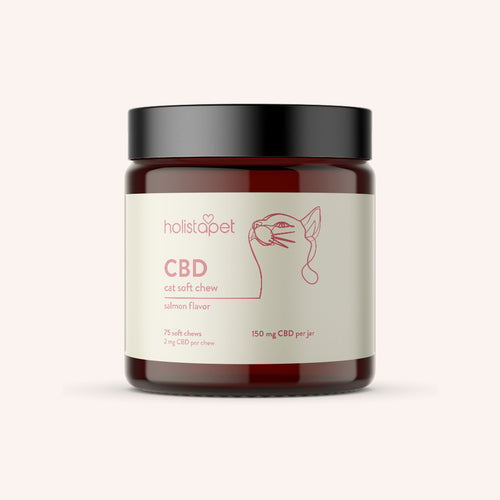 CBD Calming Chews for Cats - Highly Rated
CBD Calming Chews for Cats - Highly Rated
 CBG Oil for Dogs and Cats - Loved by Thousands
CBG Oil for Dogs and Cats - Loved by Thousands





Leave a comment
All comments are moderated before being published.
This site is protected by hCaptcha and the hCaptcha Privacy Policy and Terms of Service apply.